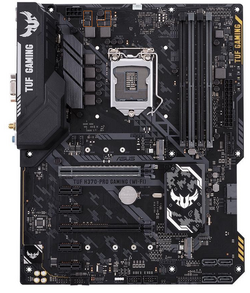- Thread Starter
- #21
I would leave the exhaust on even at lower temps...maybe even flip the rear fan to intake so it blows in the direct of the VRMs and gets exhausted by the fans/AIO on top.
That H370 board has few phases and a tiny heatsink on it... I would get some spot cooling to prevent the throttling and lower the temps.
Good call on the rear fan, I hadn't considered that.
It now only throttles after 4+ minutes of stress test at full load, and I'm not seeing it occur at all during normal gaming sessions. Just need to grab a dust filter for the rear fan and I think it'll be good.
